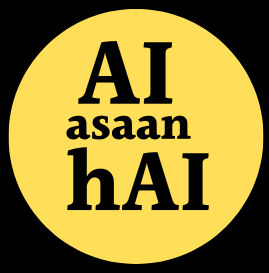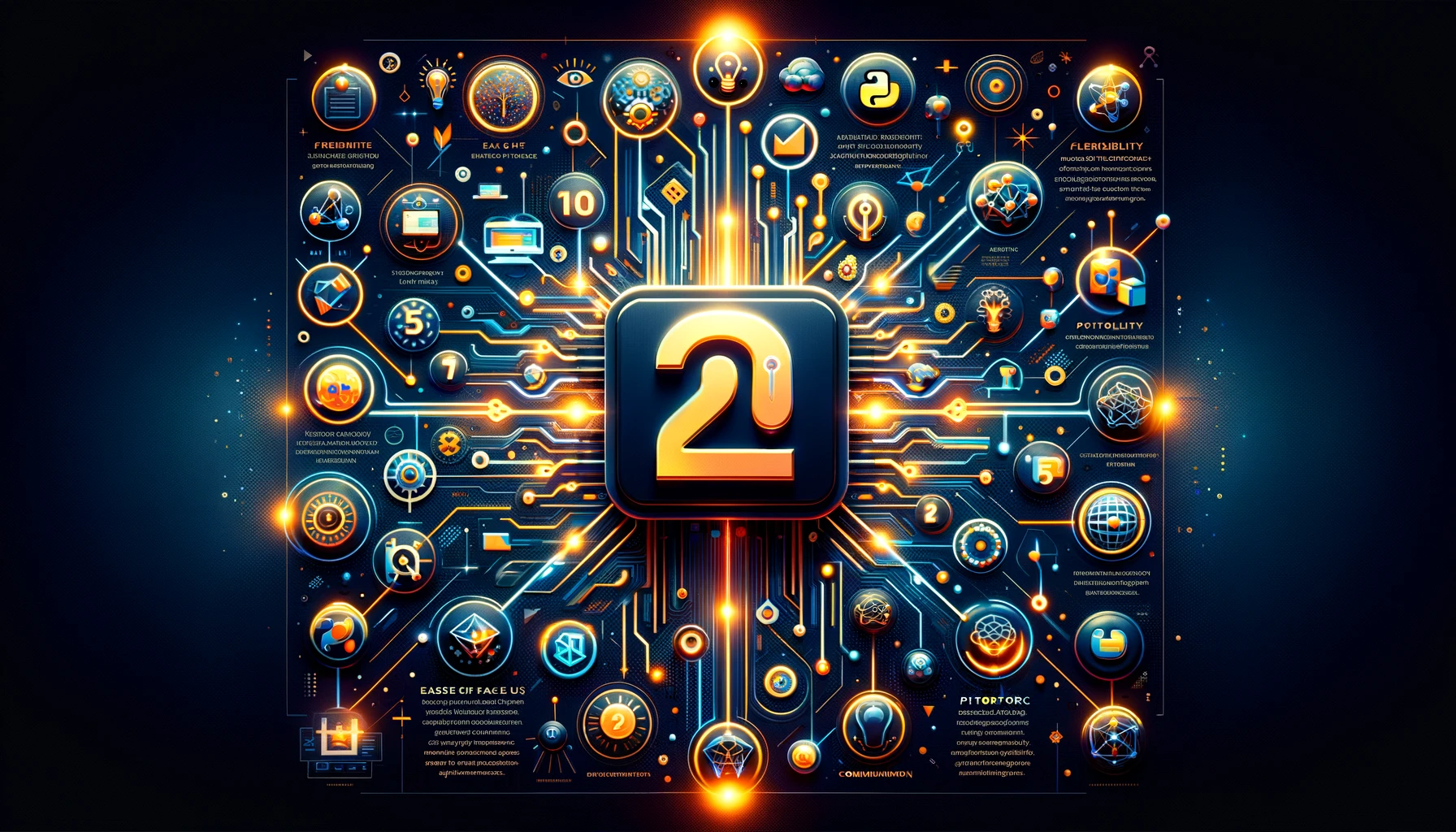
PyTorch’s simple and flexible interface enables fast experiment for deep learning Models.
You can load data, apply transforms, and build models
with a few lines of code. Then, you have the flexibility to write
customized training, validation, and test loops and deploy
trained models with ease.
It has a strong ecosystem and a large user community, including
universities like Stanford and companies such as Uber,
NVIDIA, and Salesforce. In 2019, PyTorch dominated machine
learning and deep learning conference proceedings: 69% of the
Conference on Computer Vision and Pattern Recognition
(CVPR) proceedings used PyTorch, over 75% of both the Association
for Computational Linguistics (ACL) and the North
American Chapter of the ACL (NAACL) used it, and over 50%
of the International Conference on Learning Representations
(ICLR) and the International Conference on Machine Learning
(ICML) used it as well. There are also over 60,000 repositories
on GitHub related to PyTorch.
Many developers and researchers use PyTorch to accelerate
deep learning research experimentation and prototyping. Its
simple Python API, GPU support, and flexibility make it a popular
choice among academic and commercial research organizations.
Since being open sourced in 2018, PyTorch has
reached a stable release and can be easily installed on Windows,
Mac, and Linux operating systems. The framework continues
to expand rapidly and now facilitates deployment to production
environments in the cloud and mobile platforms.





